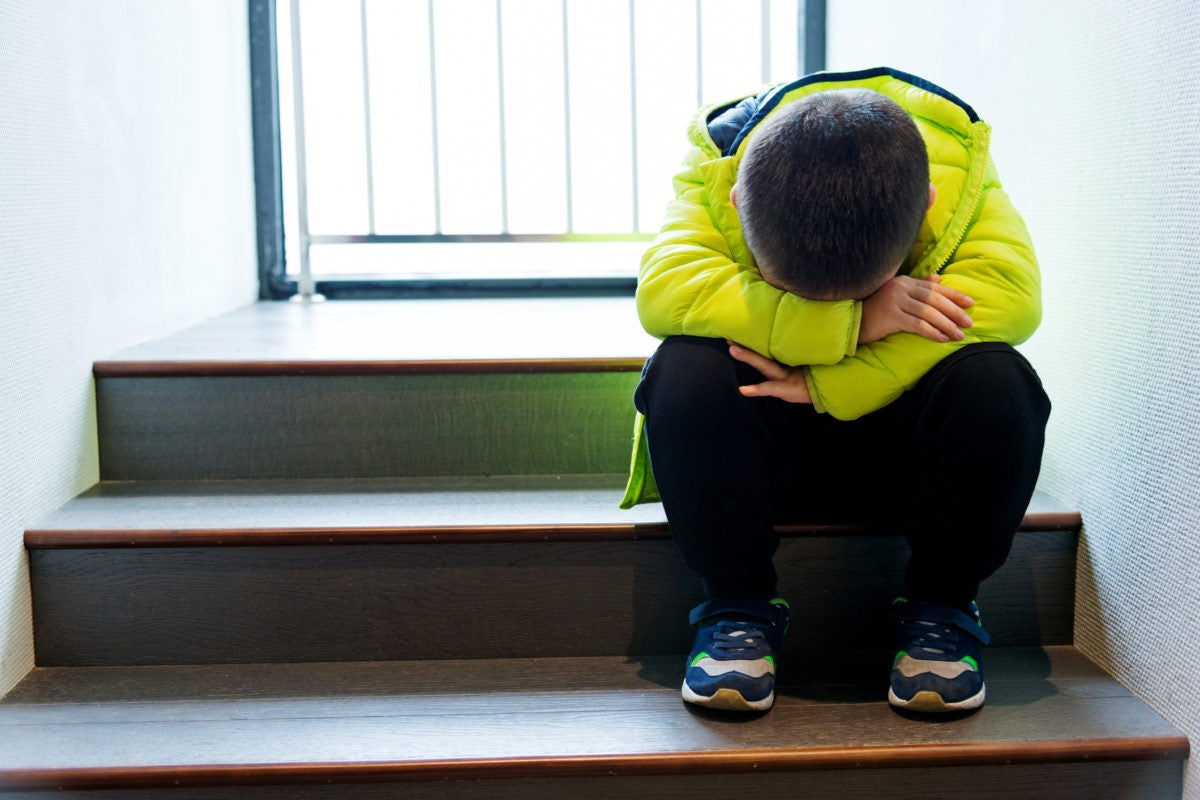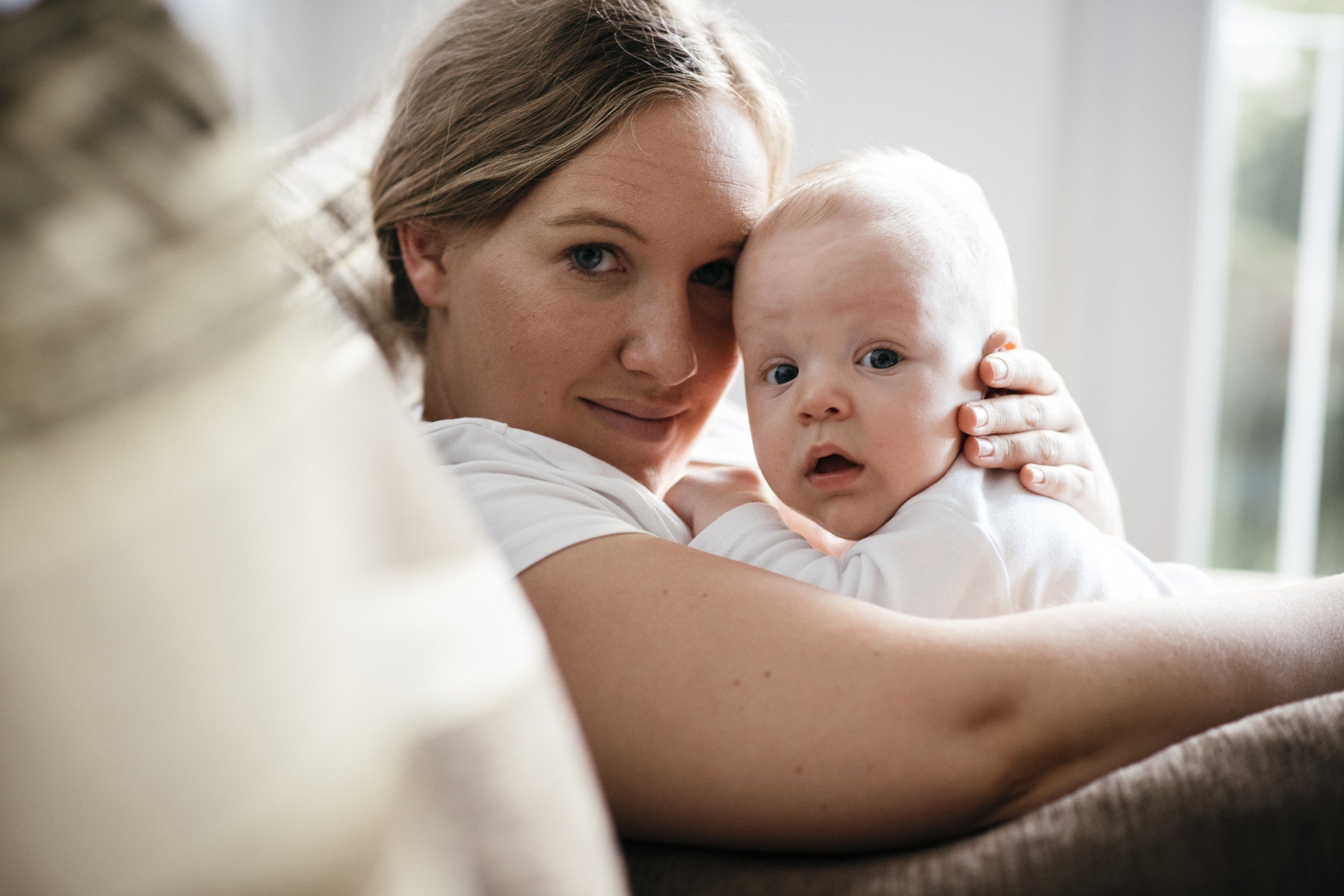Time-out versus Time-in: the controversy rages on
A growing chorus of voices has begun to question the effectiveness of time-out as a discipline tool.
Time-out critics argue that time-in, i.e., comforting your child to help him/her regulate emotions, is more effective in the long term. They assert that time-out is an “unnecessary evil” and serves to escalate misbehavior. Time-out, they say, does more harm than good.
I disagree.
Time-out is a highly effective behavior modification tool if used appropriately, and there’s plenty of research to back that up.
Indeed, time-out can be counterproductive. A study conducted by the National Institute of Mental Health found that time-out is a temporary solution and has little impact on misbehavior in the long-term. The study came to the conclusion that the love withdrawal associated with time-out has a negative impact on a child’s social and emotional development.
However, many studies have consistently found that if applied correctly, time-out can be highly effective in many different settings.
A recent review found that time-out was highly effective in the short and long term, and even among children with special needs.
A different review of 41 studies of children ranging in age from 1½ to 11 years found that positive parenting worked best when components of negative reinforcement such as mild reprimands and time-out were incorporated into parent’s discipline approach.
These findings were consistent with an earlier study that found that an all-positive approach to discipline was insufficient to maintain on-task rates and academic accuracy at acceptable levels.
As Ennio Cipani – time-out researcher and author of the free ebook Punishment on Trial – argues, time-out is not the problem: the problem is that time-out is often used in a reactive and punitive manner which leads to children’s dysregulation.
In a recent interview, even Siegel and Payne, the authors of No-Drama Discipline, admitted that the real problem with time-out is not its ineffectiveness, but rather its ineffective application.
Time-out is ineffective and can be damaging if it is used a means to punish your child.
Its objective should be to teach your child about acceptable and unacceptable behavior and to help him/her manage emotions.
Time-out works, but is often applied ineffectively. What can you do to make time-out more effective?
Making the Most Out of Time-out
1 | Time-out and love go together
The first thing to understand about time-out is that it is a tool of discipline and not a tool of punishment. The second thing is that discipline works best when parents are warm and responsive. Positive parenting enables your child to learn about important life lessons time-out cannot teach, such as empathy or sharing. Time-out does not mean that you love your child any less and he/she should know that. Show affection. Explain. Be present. There are a few DON'T’s to keep in mind when applying time-out.- DO NOT apply time-out in anger or frustration. Reacting in anger will get you immediate results but it does little in teaching your child about emotional regulation. If you need to take a time-out before dealing with your child, do.
- DO NOT shame or humiliate your child.
- DO NOT focus on the child, focus on the behavior and the lesson
2 | “Not anything goes”
What behavior are you trying to change? One of the greatest problems with time-out is the idea that anything goes: “Your daughter is not listening to you, time-out”. “Your son won’t put his toys away, time-out”. “Your children won’t help set the table, time-out”. The objective of time-out is to help modify specific behavior. According to Ennio Cipani, over-using time-out can be detrimental. He suggests that parents should pick one or two behaviors and clearly explain to their kids that they will be put in time-out for those specific behaviors. Once you have determined the behavior that gets time-out, it is only by following through consistently that you can suppress negative behavior.3 | Keep your child’s age in mind
According to Mark Roberts, time-out researcher, time-out works best for two to six-year-olds. He argues that other strategies such as taking away privileges work better with older kids.4 | The specifics
There is no evidence that time-out is more effective in a specific location (chair, room) or when it lasts for a specific duration. According to Roberts, effective time-out should last between two and five minutes. Whether you decide to let your child out of time-out before he/she calms down is a personal decision. To date, there is no proof that this has an impact on the effectiveness of time-out.5 | Know thy child
If used appropriately, the negative behavior associated with time-out decreases over time. However, your child’s personality determines the effectiveness of time-out as a behavior modification tool. An increase in his/her negative behavior despite your efforts may point to a need for specialized help.6 | Explore the options.
Time-out is not always the most effective discipline tool in handling misbehavior and is one tool among many. One study has found that negotiation and compromise, especially after age six, could help decrease misbehavior and many other studies have come to similar conclusions.What you can do
- Get to the root of things. Misbehavior can mean many things. It can mean hunger, frustration, panic, fear… or just plain misbehavior.
- Involve your child in coming up with the consequences for acting out.
- Be clear about your expectations.
- Be responsive. Let your child know that you’re available when he/she wants to talk about it
7 | Make the most out of positive time-out
What Jane Nielsen refers to as positive time-out can also be great for developing your child’s emotional regulation. Positive time-out is about providing your child a space in which he/she can unwind – read, listen to music, lie down, etc. This tool can be used in specific cases to help your child deal with strong emotions that you normally wouldn’t use traditional time-out for. For instance, you can ask your angry child to go chill out in his/her room and come back when he/she is relaxed. Positive time-out is not punishment. You can keep popping your head through the door to ask how it’s going. Once your child is relaxed, you can talk about what’s bothering him/her. Time-out works best when it’s part of a parenting approach that is both firm and responsive, an approach where parents have both clear expectations and clear consequences.Action plan
- Honestly assess how you use time-out – do you use it consciously to suppress specific behavior or do you use it in the heat of the moment?
- Identify two behaviors that you can use time-out for.
- Identify at least one area in which not using time-out would be more effective.



